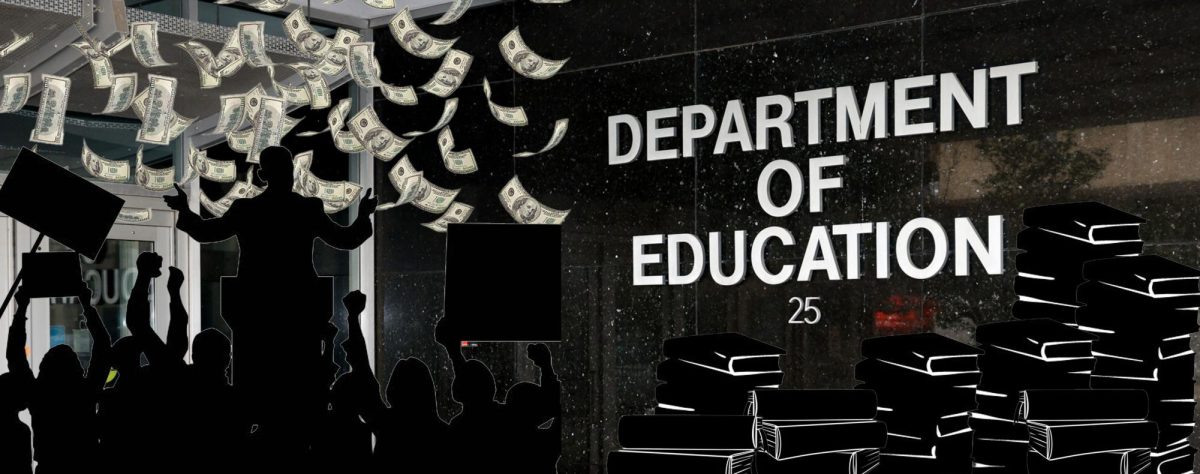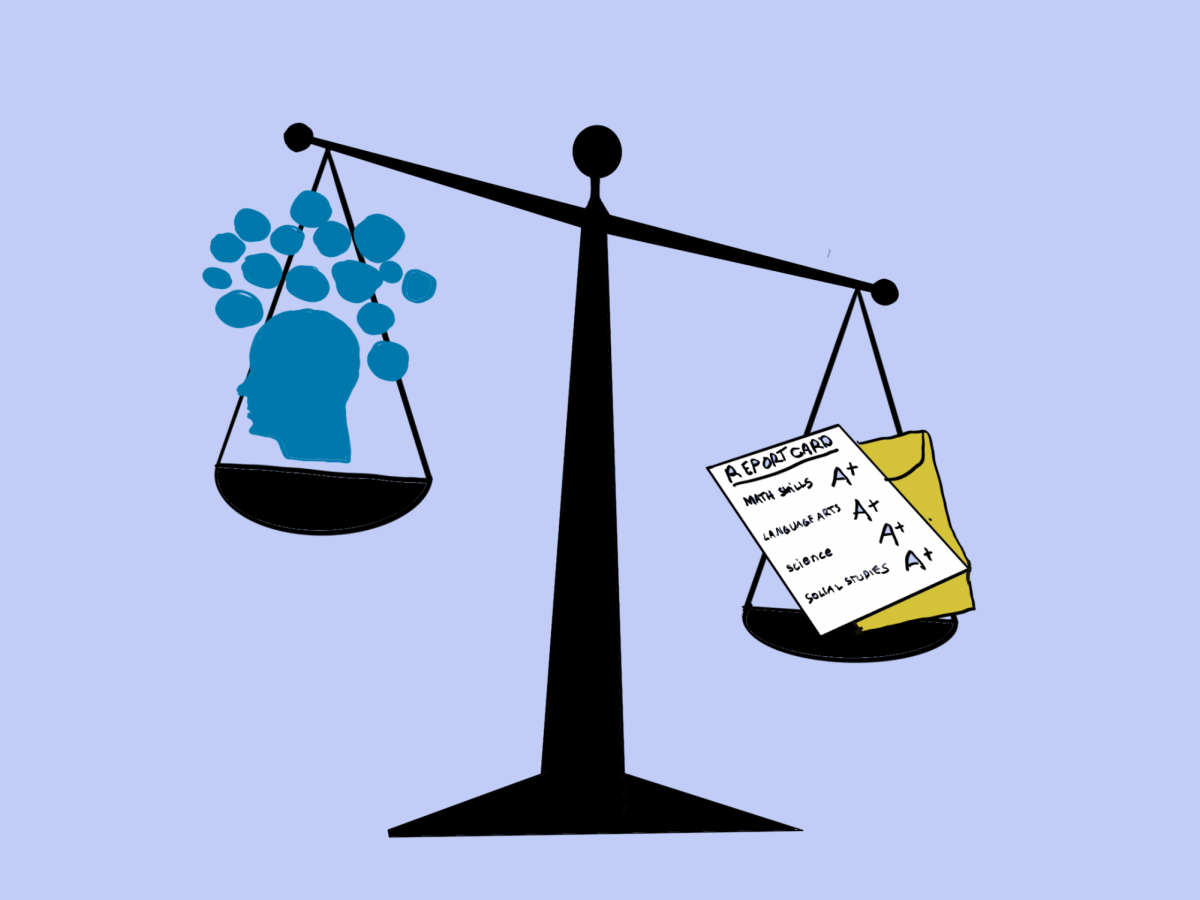
Kindergarten used to be just finger painting, milk, and cookies. But now, in this country, an epidemic of over-parenting is occurring—all in order to give junior a competitive advantage in the game of life. Whether they played Mozart for him or her while still in the womb, or taught them Mandarin at the age of three, parents today consider every possible scenarios to give their child the edge. However, sometimes parenting enters a gray area where certain behaviors become borderline immoral. One practice—called red-shirting—occurs when parents purposefully do not enroll their child in kindergarten until he or she is six, causing him or her to be a year older than their classmates. This is to ensure that the child will be among the oldest, and presumably therefore, the smartest kids in class. This practice is notably apparent in the WHS class of 2013 where the most red-shirted students are among the top 10 percent of their class.
Red-shirting has tripled since the 1970s, and now one-fourth of all kindergarten classrooms are—believe it or not—occupied with six-year-olds. Malcolm Gladwell, the author of Story of Success, writes how red-shirting plays a role in today’s society: “It’s a cumulative advantage—a little slight nudge when you are six, will help you when you are 7, 8 and for the rest of your life.” In other words, these early advantages of maturity, growth, and intelligence will snowball, creating an unfair disadvantage for the young, five-year-old’s in kindergarten. So what does that mean for those students who “stay where they are supposed to be?”
The belief is that kindergarten and elementary teachers would probably give closer attention to those older students for they may appear more competent, engaged, and thus higher-performing. As a result, the older student, who was given more attention than his or her younger peers, may have a viable benefit as they begin to read faster and begin to examine information with greater accuracy than their fellow peers. However, is this really fair?
Based on the grade point average of the class of 2013, 65 percent of the top 10 percent of the junior class were born in the year of 1994 and are, thus, considered the oldest students in their year. Of that top 10 percent, 36 percent of the students were red-shirted and, therefore, spent a full two years in Kindergarten. In relation to the other 90 percent, the top 10 percent holds the most students that were born in the year of 1994, and possesses the most students who were red-shirted in the entire class. Hence, those current juniors, who were red-shirted in kindergarten, may have been given a greater opportunity to excel in their formative years, and eventually in high school as a direct result of these two years of schooling beginning at age five and six.
However, the advantages are not only in the classroom. Studies show that if a student is among the oldest in class, that student is more likely to be a kindergarten leader. This may in part be due to more maturity, or simply being older, and therefore, larger, the teacher may give the student more opportunties to be responsible and hold leadership positions. If they are a kindergarten leader, they will end up more likely on the high school student council, team captain, or club president. Of course, being physically larger, older, or more mature does not guarantee a six-year-old to achieve that certain success in high school, but it certainly seems to help.
Additionally, some parents decide to hold their child back in kindergarten for athletic reasons. Because these red-shirted students are bigger, older, and or rather physically mature and seemingly reach adolescence at an earlier age than their fellow peers, they will have a patent athletic advantage in their middle school, and high school careers. Thus, these red-shirted, high school athletes, looking to play sports at the varsity level or even the collegiate level, will have an obvious competitive advantage as a result of red-shirting.
So here is the discernible question: does a student, leader, or athlete really gain an advantage from taking two years of kindergarten? Well, maybe look within yourself. If you are considered one of the older students, can you affiliate the roots of your success with your age? Or, look around you. Are the older students generally succeeding as we make the turn into college? Don’t ask me, I’m young.








Adam • Sep 4, 2012 at 10:00 am
I disagree completely. At just a month-and-a-half over sixteen, I am one of the youngest kids in my grade. I was not redshirted, in fact, I was so good at reading that they had to put me ahead a class. Moreover, redshirted students are not necessarily at an advantage: children at early stages of development soak up knowledge far more easily than their older peers. Therefore, redshirting is only an advantage for late-bloomers; furthermore, it is an example of how a one-size-fits-all system of kindergarten induction can misplace students and thereby damage their potential.
-Adam